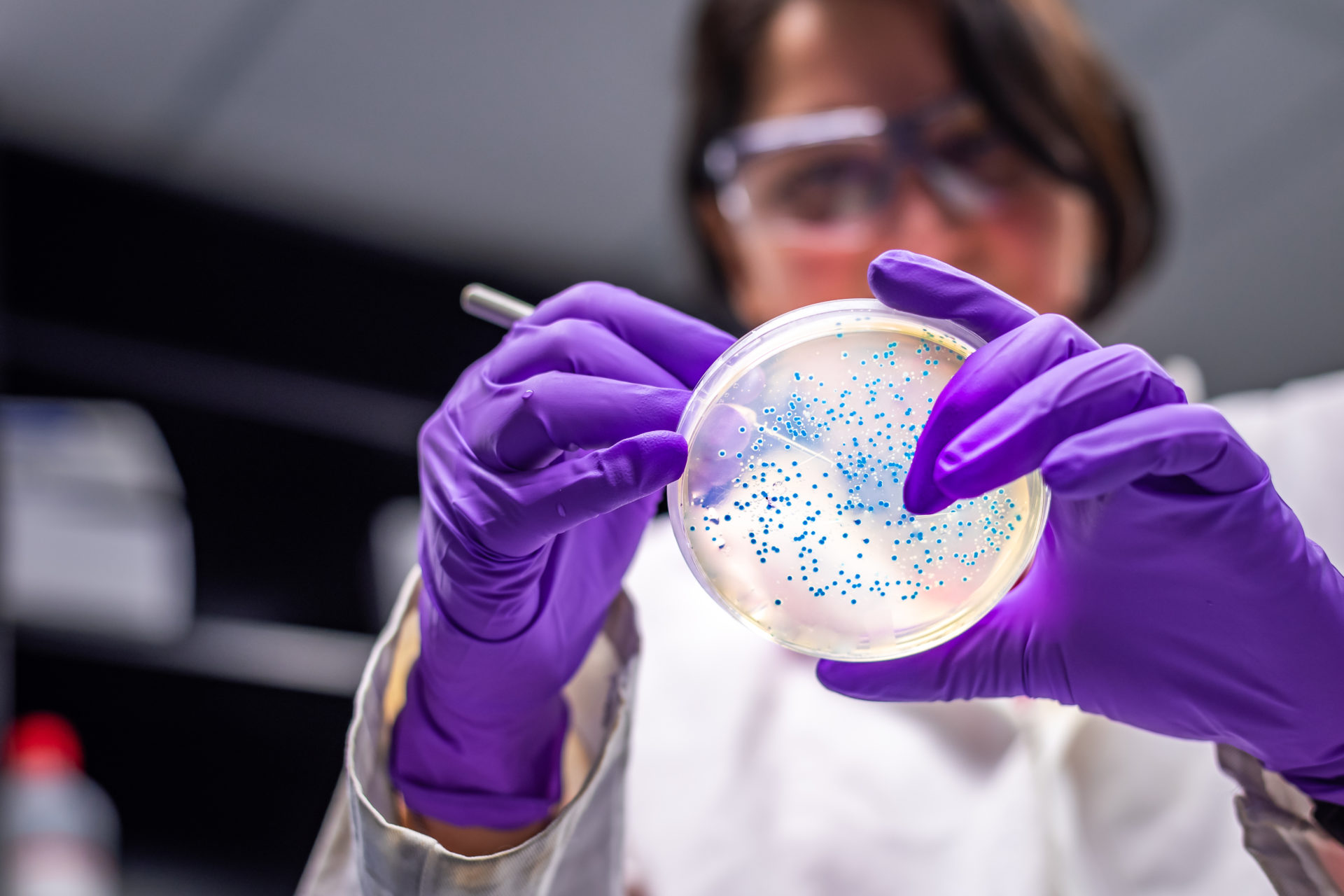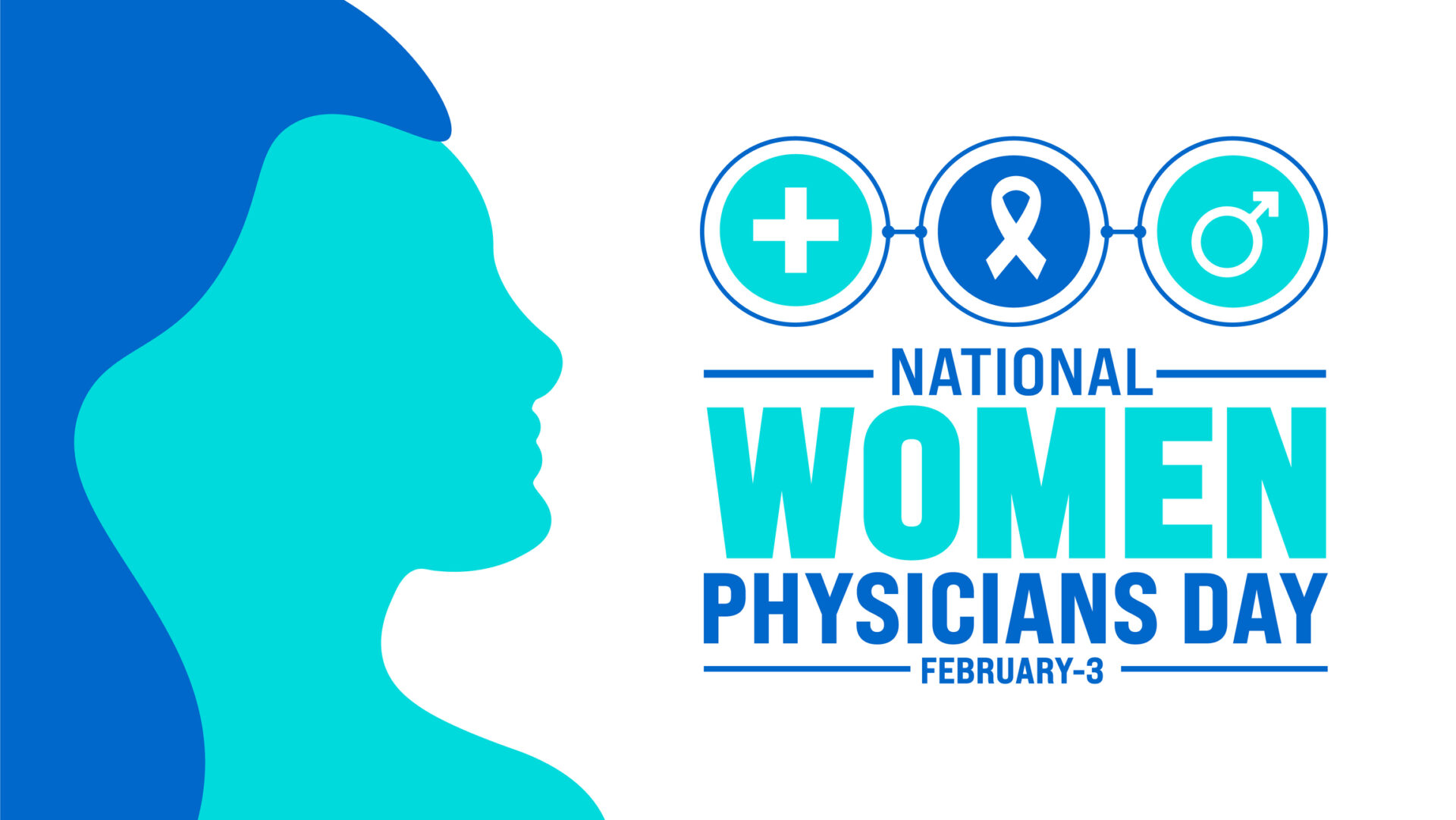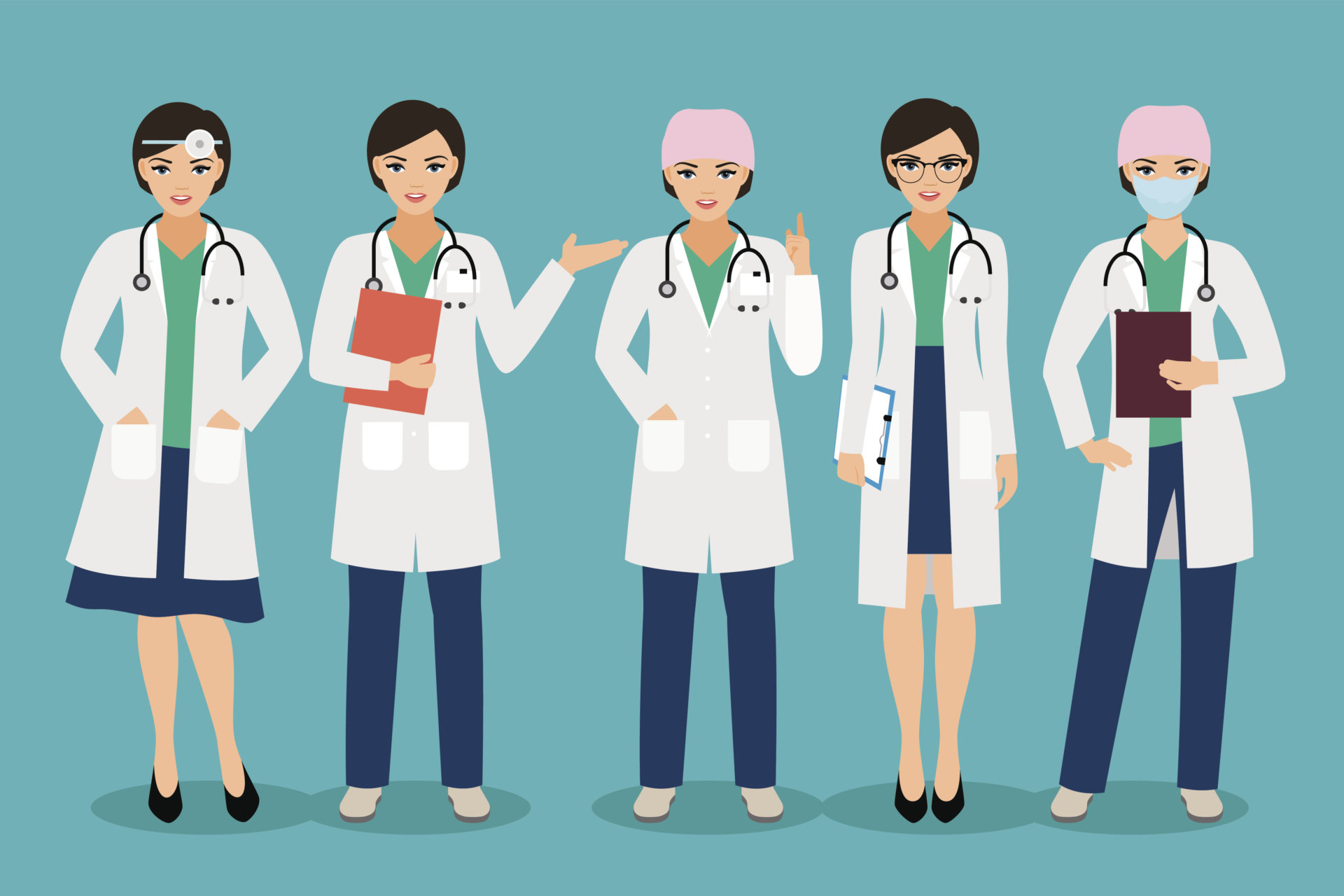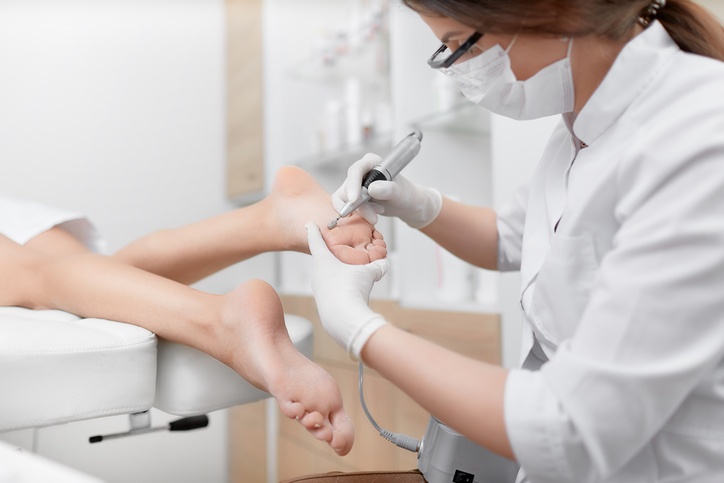Each year, the United States observes Antibiotic Awareness Week. The week raises awareness for the issues around antibiotic resistance and calls for appropriate antibiotic use.
Antibiotics are used to treat bacterial infections in the body.
The Rising Threat of Antibiotic Resistance
Infection causing bacterias are becoming increasingly resitant to the antibotics used to treat them. With the first antibiotic treatment, penecillin, discovered in 1928 by Alexander Flemming, it was not until Flemming’s 1945 Nobel Peace Prize speech that the idea of antibiotic resitance began circulating. Although an important observation in antibiotics research, early signs of antibotic resitance were relatively manageable. By 1981, Flemming’s hunch on antibiotic resistance began to be taken seriously by the medical community and by 1992, the idea of the “end of antibiotics” became a real possibility.
Antibotic resistance is a naturally occuring response by bacteria. While antibiotics treat bacterial infections by killing off the bacteria, not all bacteria dies. This leaves stronger bacteria to reproduce, which makes them more likely to fight off the antibiotic that is prescribed for treatment. The more antibiotics are used, the more likely the more resistant the bacterium become. The main contributor to antibiotic resistance has been attributed to antibiotic misuse. This is the use of antibitoics when they are not needed (such as to treat viruses) or the use of antibiotics acquired without a prescription.
Combating Antibiotic Resistance
Despite the “end of antibiotics” claims of the 1990s, that reality has not quite arrived. Efforts by national and global organizations remain in place to combat antibiotic resistance. The Center for Disease Control (CDC) proposes a four step plan to fighting antibiotric resistance including improving hygiene measures to prevent infections in the first place, tracking infections, and making the prescription process stricter.
More broadly, the World Health Organization proposes measures different sectors, such as policy makers and agriculture, can take to prevent the spread of bacteria and slow the need for antibiotics.
Perhaps however, one of the most important initatives in combating antibiotic resistance is research into new, non-resistant antibiotics and drugs to treat bacterial infections.
Fighting antibiotic resitance is a major porblem facing future of medicine. Interested in being a part of the solution? Explore clinical experiences in infections disease by clicking here!






